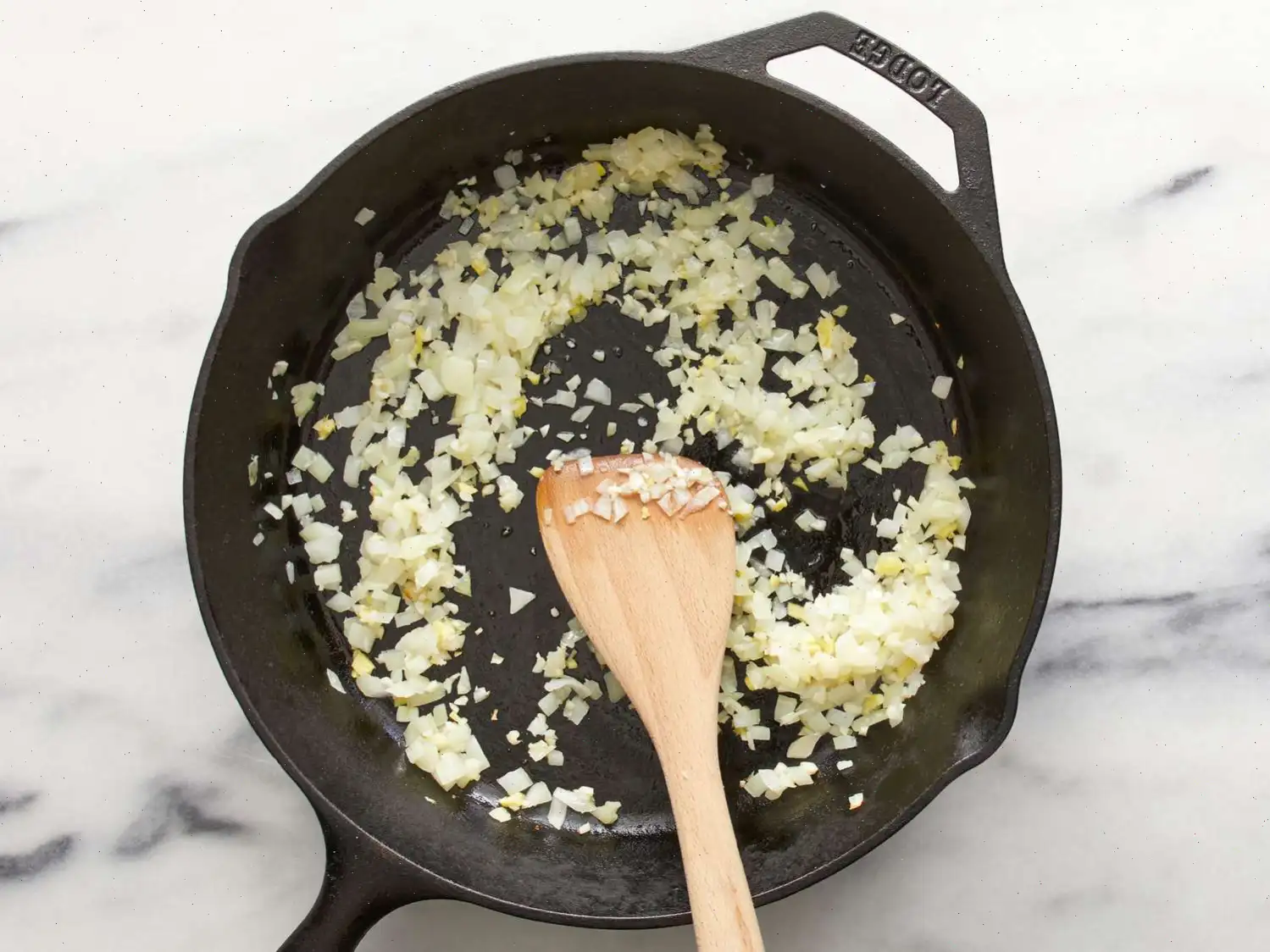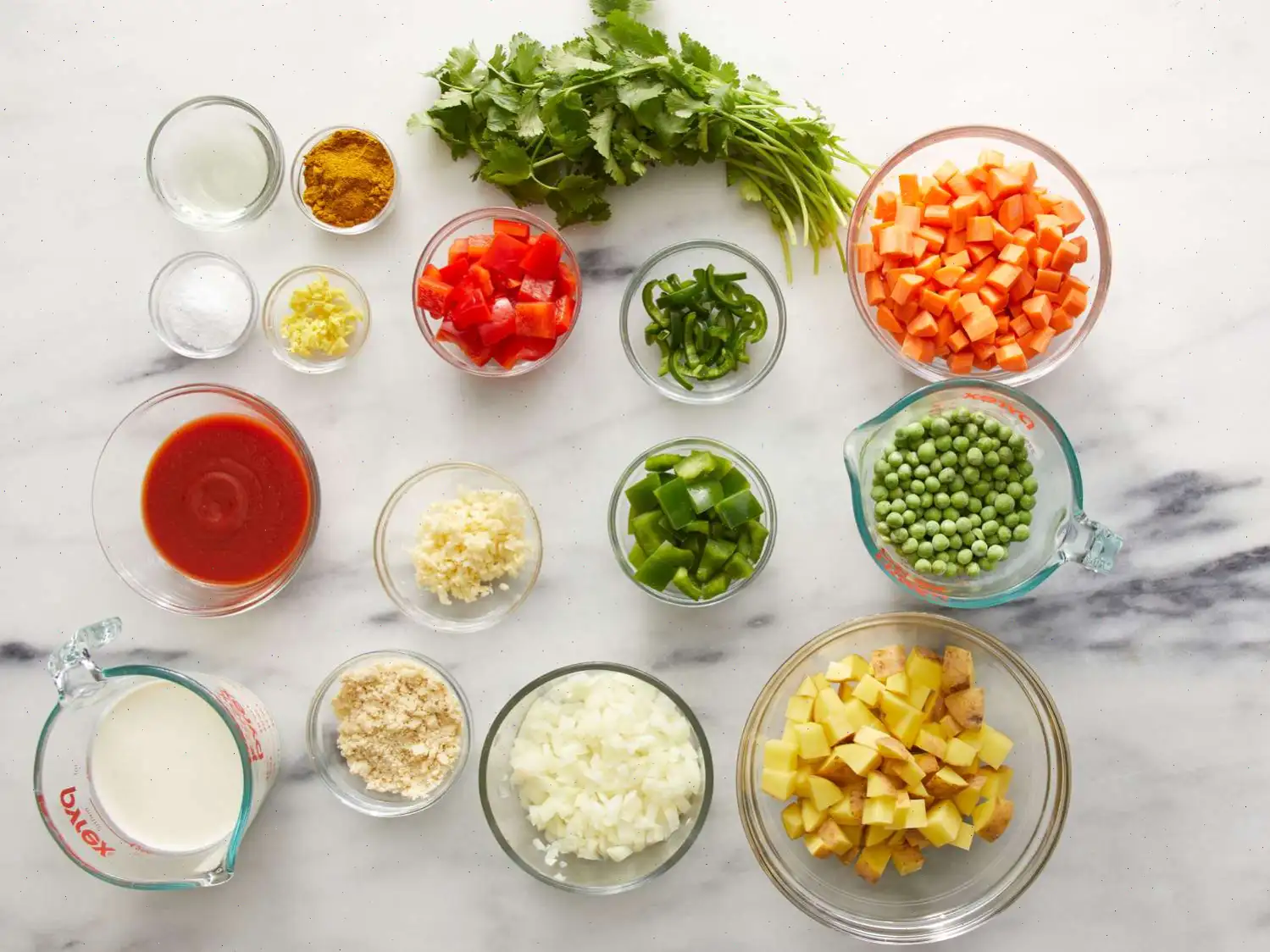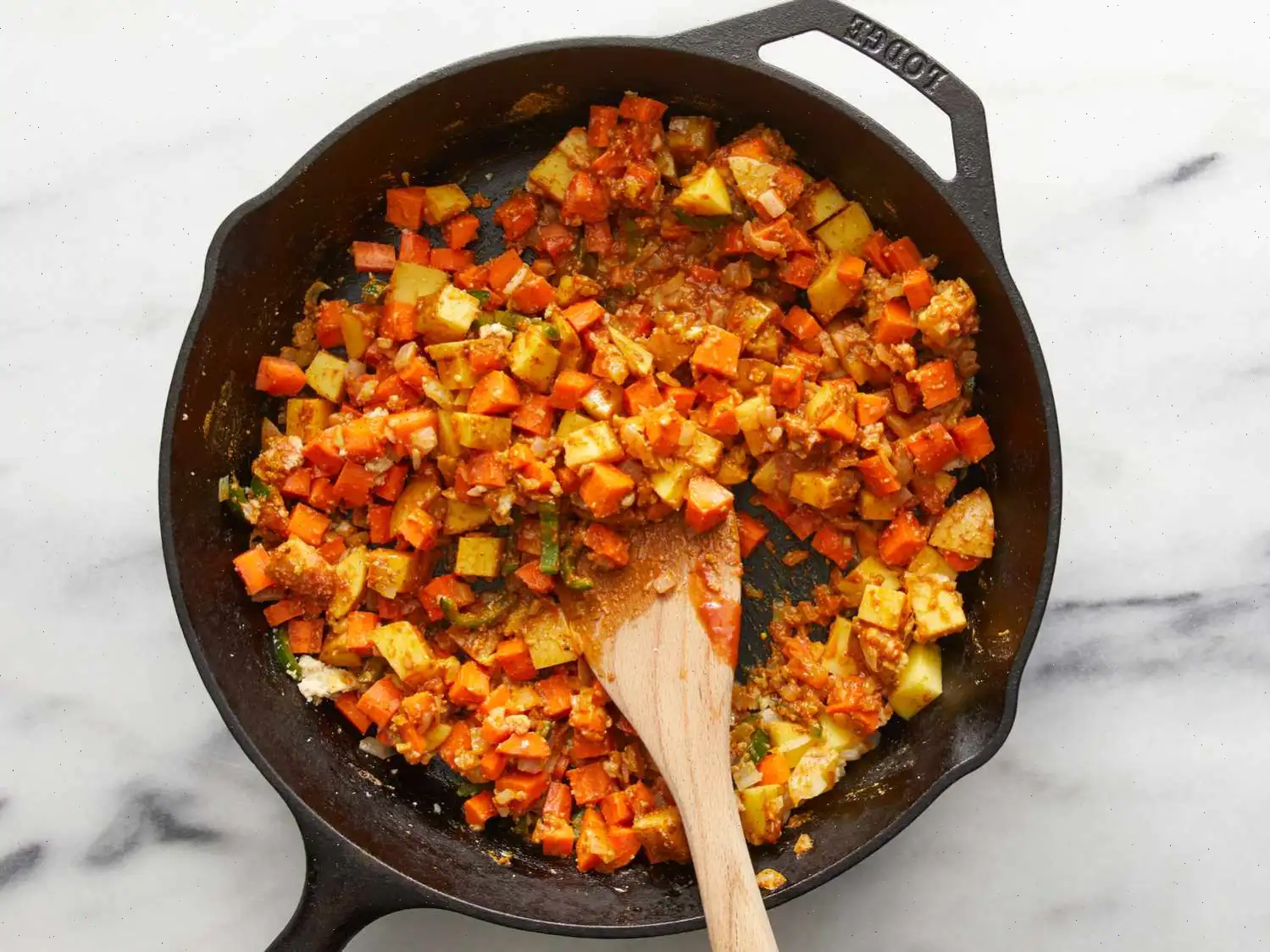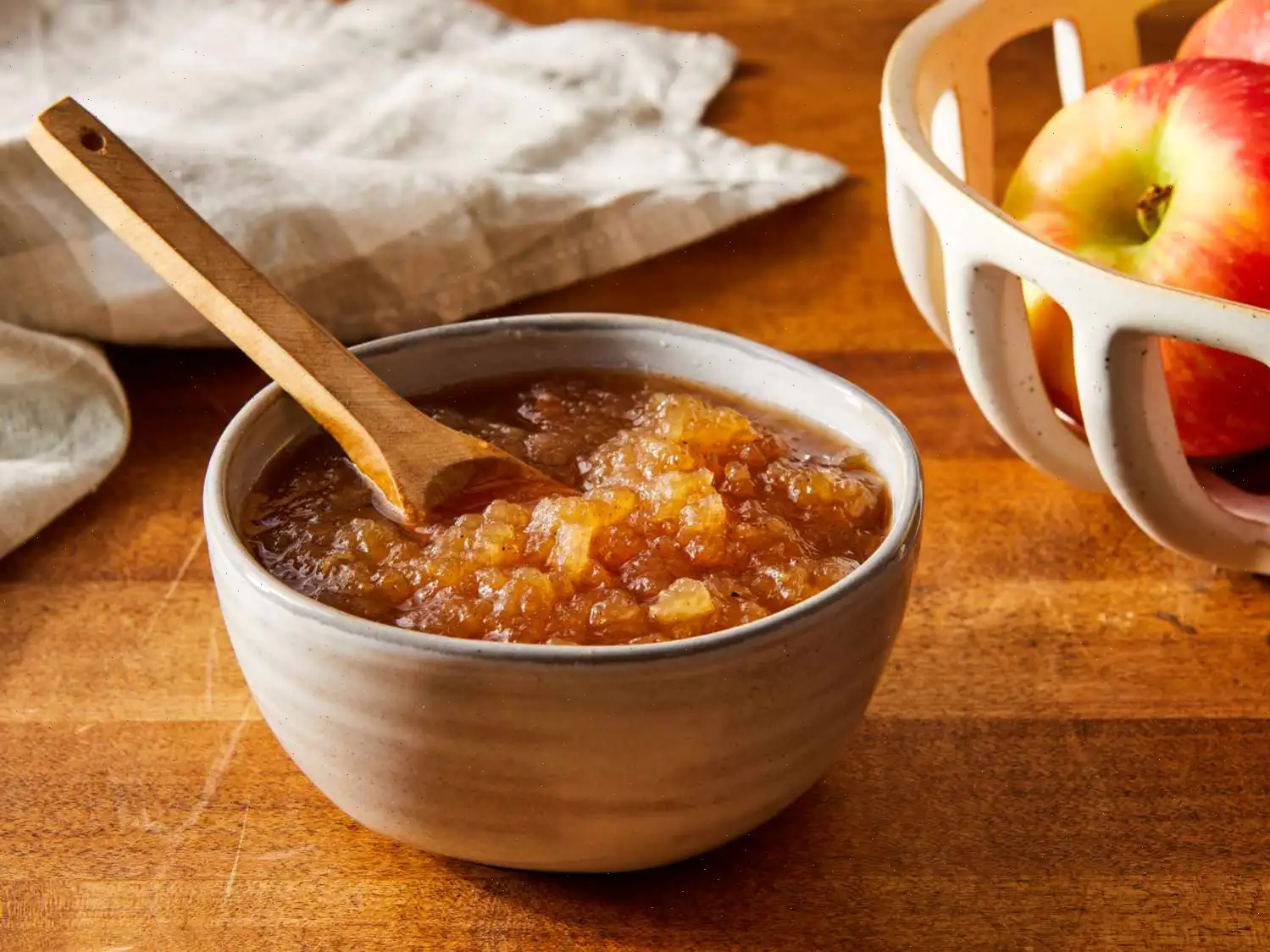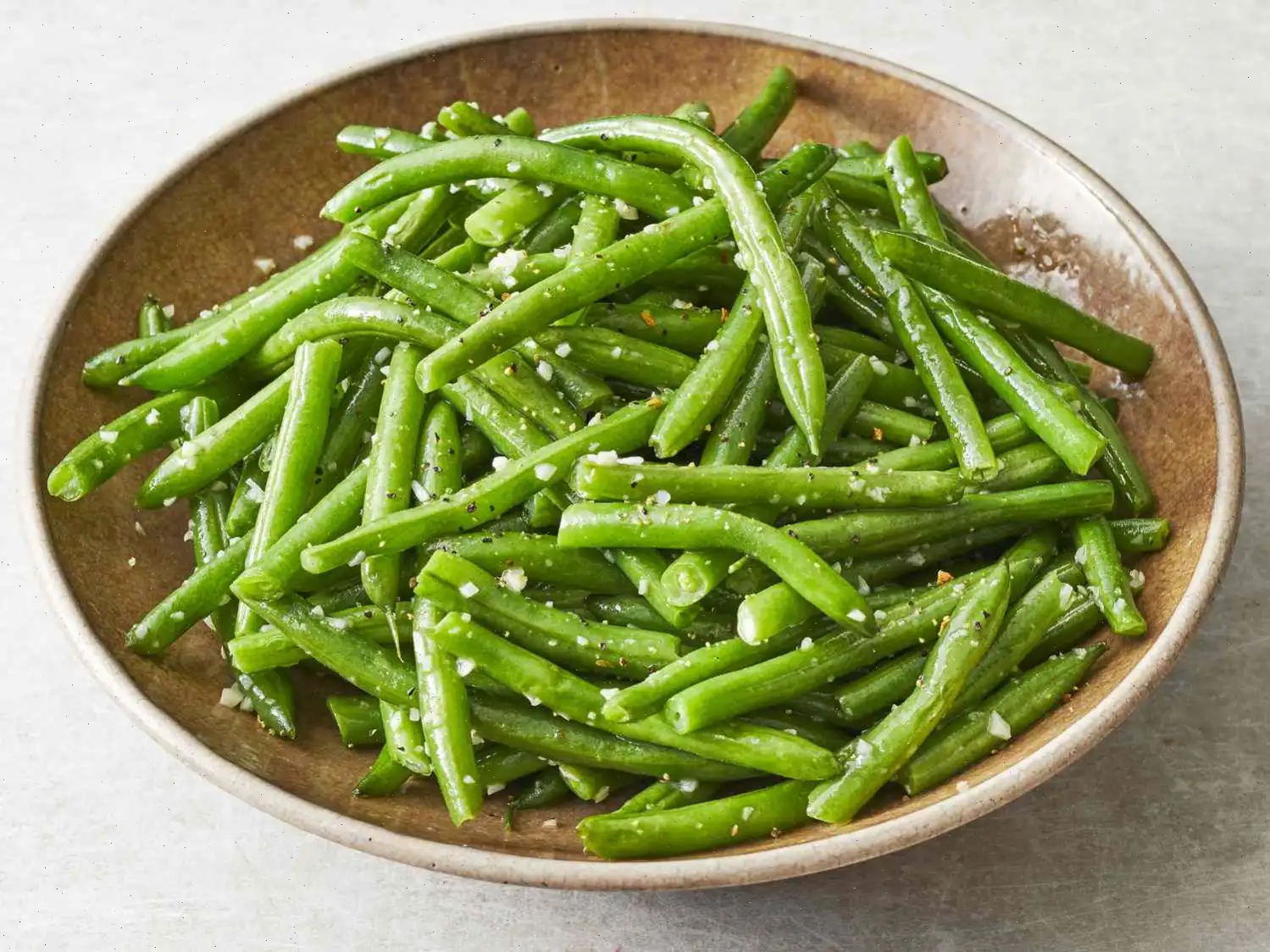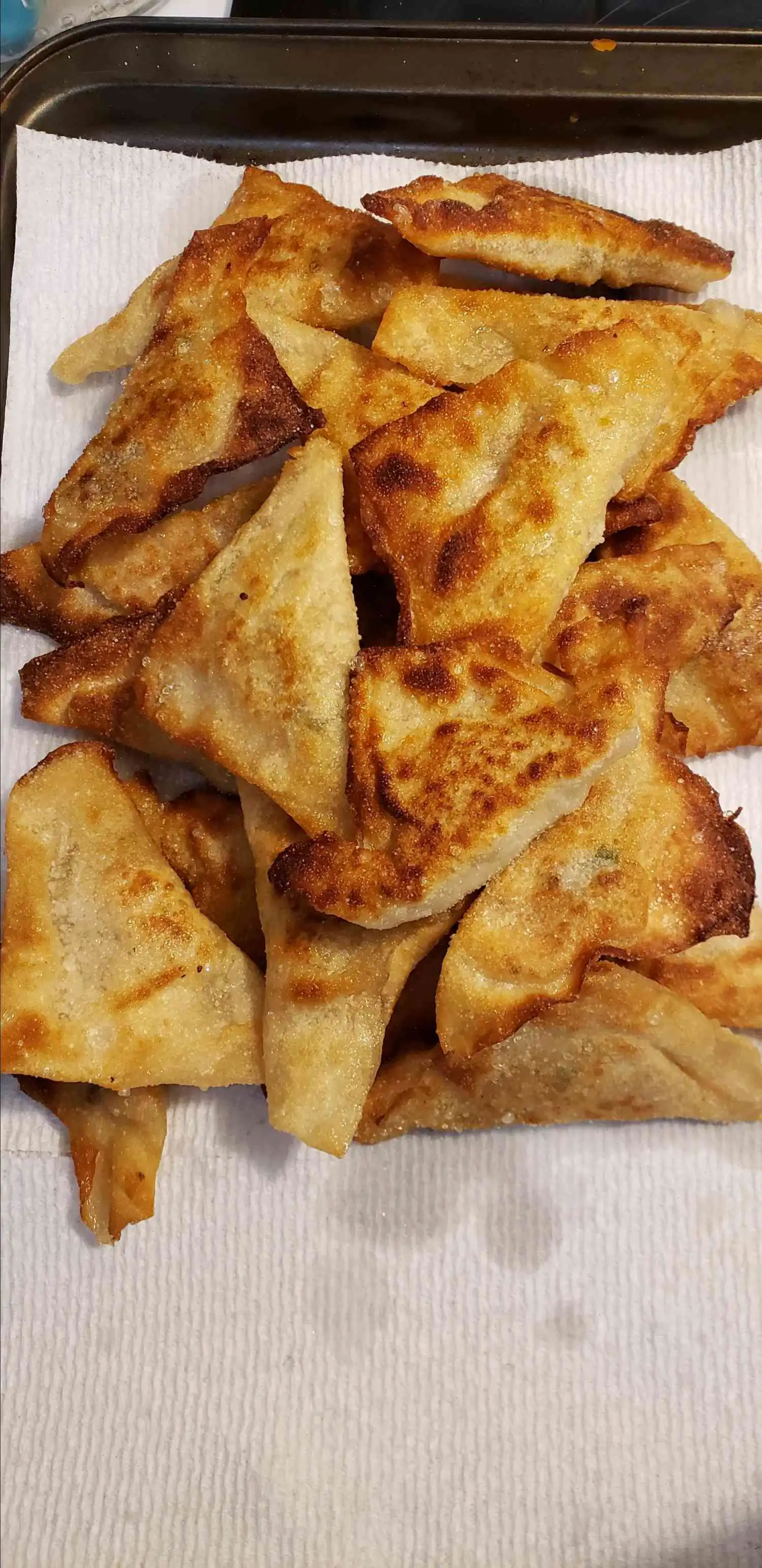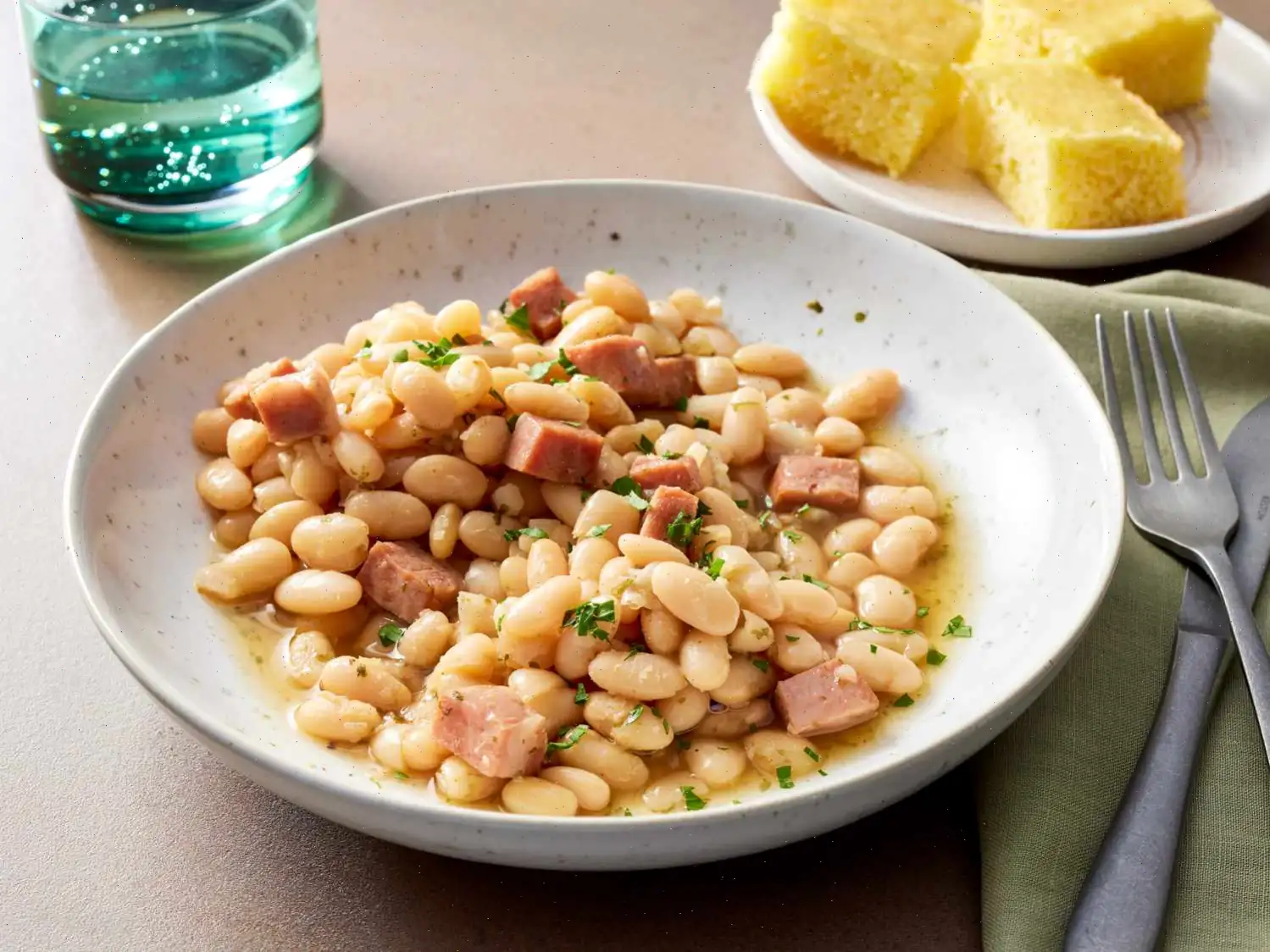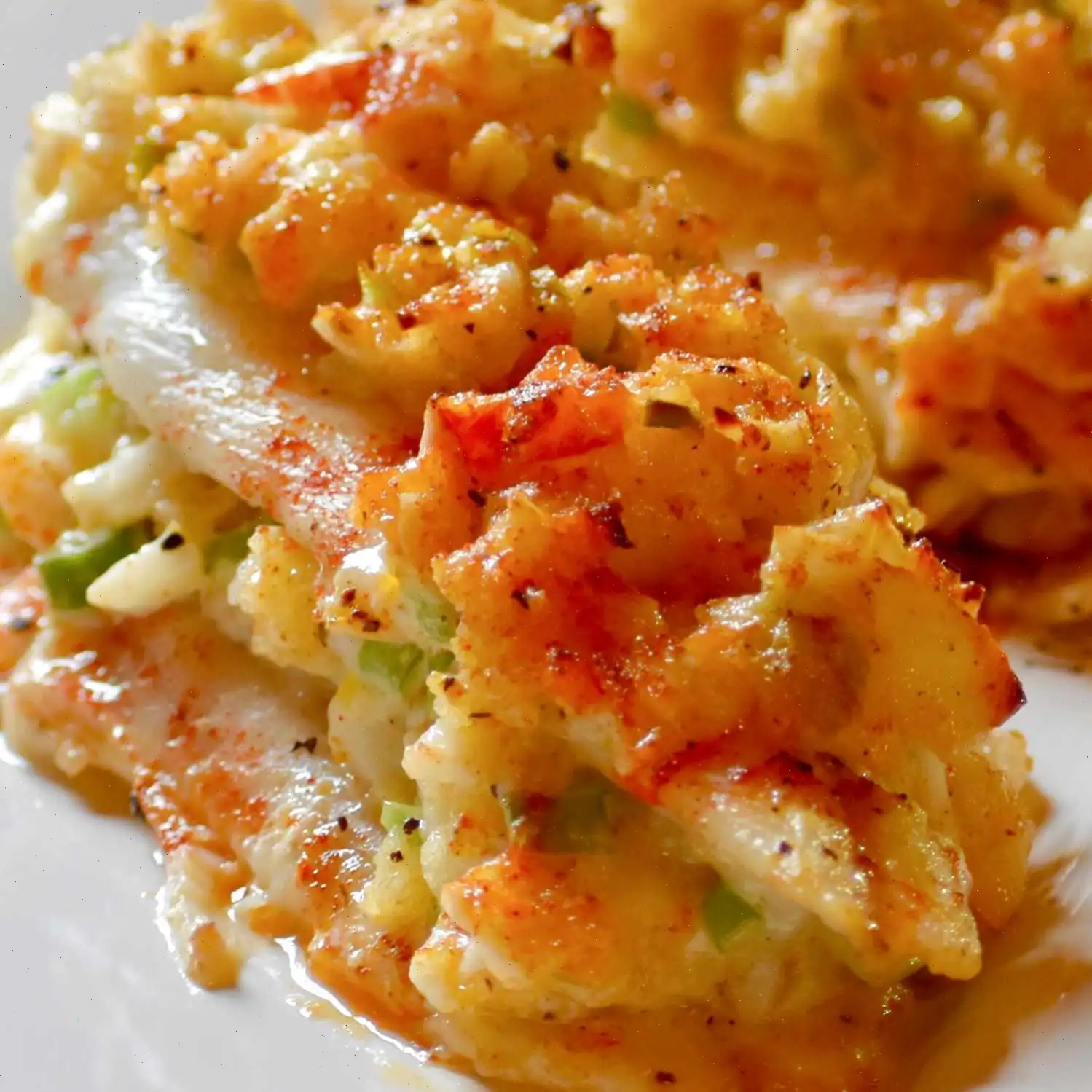
Vegetarian Korma Recipe
Ingredients
- 1 tablespoons vegetable oil
- 1 small onion, diced
- 4 cloves garlic, minced
- 1 teaspoon minced fresh ginger root
- 4 carrots, cubed
- 2 potatoes, cubed
- 1 (4 ounce) can tomato sauce
- 3 tablespoons ground unsalted cashews
- 1 fresh jalapeno pepper, seeded and sliced
- 1 tablespoons curry powder
- 2 teaspoons salt
- 1 cup heavy cream
- 1 cup frozen green peas
- green bell pepper, chopped
- red bell pepper, chopped
- 1 bunch fresh cilantro for garnish
Directions
- Gather all ingredients and set them aside for easy access during cooking.
- Heat the vegetable oil in a large skillet over medium heat.
- Add the diced onion and cook, stirring occasionally, for about 2 to 3 minutes, or until tender.
- Stir in the minced garlic and fresh ginger. Continue cooking for another minute until fragrant.
- Add the cubed carrots, potatoes, tomato sauce, ground cashews, and sliced jalapeno. Stir to combine.
- Season the mixture with curry powder and salt, then cook and stir until the potatoes are tender, approximately 10 minutes.
- Stir in the heavy cream, frozen green peas, chopped green bell pepper, and red bell pepper.
- Reduce the heat to low, cover the skillet, and let the mixture simmer for 10 minutes, allowing the flavors to meld.
- Once done, garnish the dish with fresh cilantro for a vibrant finishing touch.
Nutrition Facts (per serving)
| Nutrient | Amount | % Daily Value |
|---|---|---|
| Calories | 462 | - |
| Total Fat | 31g | 40% |
| Saturated Fat | 15g | 77% |
| Cholesterol | 82mg | 27% |
| Sodium | 1434mg | 62% |
| Total Carbohydrate | 41g | 15% |
| Dietary Fiber | 8g | 30% |
| Total Sugars | 9g | - |
| Protein | 9g | 17% |
| Vitamin C | 73mg | 81% |
| Calcium | 120mg | 9% |
| Iron | 4mg | 19% |
| Potassium | 1088mg | 23% |


Vegetarian Korma is a traditional Indian dish that has captured the hearts of food enthusiasts around the world. Its rich, creamy texture and flavorful combination of vegetables and spices make it a favorite in vegetarian and vegan kitchens alike. But behind the deliciousness of this dish lies a history that is deeply intertwined with the cultural and culinary traditions of India.
History and Origins
The origins of Korma trace back to the Mughal Empire, which ruled much of the Indian subcontinent from the 16th to the 19th centuries. The dish was originally a meat-based curry, where the meat was slow-cooked in a rich sauce made from yogurt, cream, and ground nuts or seeds. This method of cooking, called "korma," was developed as a way to tenderize tougher cuts of meat and infuse them with aromatic spices.
Over time, Korma evolved, with regional variations emerging across India and beyond. The vegetarian version, popular today, is a result of the growing vegetarianism in India and the use of local ingredients like vegetables, cashews, and coconut milk as substitutes for meat. This adaptation has made Korma accessible to a wider audience, especially those following plant-based diets.
Regional Variations
Korma is known for its diverse regional adaptations. While the North Indian version is typically rich and creamy, South Indian versions often use coconut milk or yogurt, lending a slightly tangier taste. In some regions, Korma may be prepared with a mix of whole spices like cardamom, cloves, and cinnamon, while in others, it is more common to use ground spices such as turmeric, coriander, and cumin.
In areas like Hyderabad, Korma is often served with a biryani, adding complexity to the dish with aromatic rice and spicy accompaniments. In contrast, in the northern regions, it might be served with naan bread or rice, allowing the curry's creamy sauce to shine.
What Sets Vegetarian Korma Apart
Vegetarian Korma stands out from other curries due to its unique combination of ingredients. The use of cashews, almonds, or coconut as a base creates a velvety, rich sauce that is more indulgent than typical tomato-based curries. Unlike dishes such as Vegetable Curry or Saag Aloo, which focus on a more straightforward spice profile, Korma balances sweetness and richness with spices like cumin, coriander, and garam masala. This balance makes it a comfort food for many, appealing to those who prefer a milder, creamier curry.
Another distinguishing feature is the texture of the vegetables. They are cooked until tender but remain whole, offering a satisfying bite in every spoonful. This gives Korma its signature heartiness, making it a substantial dish for a vegetarian meal.
Where Korma Is Typically Served
Vegetarian Korma is a popular choice in Indian restaurants worldwide, often featured on the menu as a curry option for those avoiding meat. It is commonly served at weddings, festivals, and family gatherings, where it can be enjoyed alongside other dishes like dal, raita, and chapati. Its versatility also makes it a great dish for parties, as it can be easily scaled up for large gatherings.
While it is found in restaurants specializing in Indian cuisine, many home cooks enjoy making Korma due to its relatively simple preparation. The rich flavors and luxurious sauce make it a go-to dish for special occasions or comforting weeknight dinners.
Interesting Facts
- The term "Korma" is derived from the Urdu word "qorma," which means to braise or stew. This cooking method involves slow-cooking meat or vegetables in a sauce.
- In the original Mughal-era Korma recipes, the use of expensive ingredients like saffron, dried fruits, and cream reflected the wealth and opulence of the Mughal court.
- Vegetarian Korma is often made with a variety of vegetables, but commonly used ingredients include potatoes, carrots, peas, and bell peppers.
- Many people choose coconut milk or cashews in place of cream in Korma to make it dairy-free, catering to vegan and lactose-intolerant diets.
- Indian restaurants abroad often serve Korma as a milder curry compared to other spicier dishes, making it a popular choice for those new to Indian cuisine.
In conclusion, Vegetarian Korma is more than just a dishit's a reflection of India's rich culinary heritage, blending spices and ingredients that have been passed down through generations. Whether you're enjoying it at a family gathering or a fancy dinner out, this dish brings a comforting warmth thats both satisfying and full of flavor.
FAQ about Vegetarian Korma Recipe
Comments
Samantha Williams
06/15/2024 03:40:04 PM
Delicious meal! Traditional Korma typically excludes cream or tomato sauce, so I recommend using coconut milk instead. Enhance the flavors by using garam masala, turmeric, and cardamom instead of pre-made curry powder. This recipe is particularly enjoyable for chicken lovers - simply add cooked chicken pieces to the dish. Using diced Yukon Gold potatoes ensures they cook perfectly within the allotted time. A fantastic dish for family meals or entertaining guests.
David Miller
04/22/2023 01:22:50 PM
My husband and I absolutely loved this dish and I will definitely be making it again. After reading a few reviews, I decided to substitute heavy cream with coconut milk, increase the amount of curry powder, and be mindful with the salt. I also used green beans instead of peas since that's what I had in my pantry. Additionally, I swapped the potatoes for paneer as I was looking for a way to use it up, although next time I will fry the paneer first, remove it, and then add it later to prevent it from crumbling.
Dorothy Thomas
10/26/2024 06:49:51 AM
This dish was delicious! The potatoes took longer to cook than the instructions indicated. I would recommend saving an additional 4 oz of tomato sauce to add after the potatoes are cooked. I also suggest using 2% milk and corn starch instead of cream to make it lighter.
Maria Baker
04/27/2024 07:52:36 PM
I am absolutely in love with this recipe! It is so versatile and easy to customize based on personal preferences. I have adapted it to my taste by using different spices, such as 2 tsp of Old Bay, 2 tsp of garam masala, and 2 tsp of red curry or regular curry, depending on who I am cooking for. Instead of following the original recipe, I start by heating 3 tablespoons of olive oil on medium heat and then adding the spices. Once the potatoes are added, I also include a bit of water (about 0.5 to 1 cup) and let it simmer for 30 minutes. Afterwards, I continue with the recipe and simmer with cream until the potatoes are tender. This usually takes an additional 20 minutes. I prefer to simmer at a lower temperature once the potatoes are in the pot and make sure to stir frequently to prevent burning at the bottom, which can give a bitter taste that I want to avoid. The feedback I've received for these modifications has been overwhelmingly positive!
Kathleen Davis
10/31/2023 01:01:09 AM
Review Rewritten: Absolutely delicious! I prepared this dish for vegetarian friends who were visiting from out of town. I substituted coconut milk for cream due to my temporary dairy-free diet, and it turned out to be a heavenly swap. To make it heartier for our vegetarian guests, I added chickpeas and cauliflower. I also followed the suggestion of steaming the potato and carrot chunks in the microwave before adding them to the dish. The flavors were just right, not too spicy, but reminiscent of a dish from an Indian restaurant. Surprisingly, my meat-eating husband loved it too, praising its hearty texture with the potatoes, large carrot pieces, and cauliflower. He even questioned if there was any meat in it! Although he requested a version with chicken next time, the creamy and smooth flavors of this dish were truly delightful. While I wish I could make this more often, it will remain a special treat for us, especially with a baby in the house. My guests, big fans of Indian cuisine, enjoyed it, although not as enthusiastically as when I made my Rosemary artichoke lasagna. Personally, I was absolutely obsessed with this dish. My eight-year-old and I, both new to cooking Indian food, high-fived multiple times during our taste tests—it was that addictive. Looking forward to making it again soon!
Stephanie Green
06/15/2024 09:34:19 AM
4 out of 5 of us absolutely loved this dish! I opted for Yukon gold potatoes as they hold their shape well, and I also used light coconut milk. I was unfamiliar with the 4 oz can of tomato sauce mentioned, so I assumed it meant 8 oz. Any less would have made the dish too dry. Next time, I plan to double the sauce ingredients so there is extra for serving with rice or naan bread.
Maria Martin
09/08/2023 06:42:55 PM
The initial time I prepared this dish, I wasn't fond of the potato texture. For the second attempt, I swapped in cubed eggplant. I sautéed it in a little avocado oil until nicely browned on all sides before following the recipe. Additionally, I omitted peas as I'm not a fan. Thinking of incorporating mushrooms along with the eggplant in my next try!
James Turner
04/11/2023 07:14:27 PM
This dish turned out wonderfully! I roasted a delicious combination of carrots, Yukon potatoes, and jalapeno pepper, and opted for coconut milk following recommendations from other cooks. For my next attempt, I plan to toast the cashews, up the amount to 5 tablespoons, and keep some finely chopped for added texture. I also intend to cut back on the peas, using only about 2/3 cup. The recipe made plenty, with leftovers for another meal for our family of 3 (I prepared a portion for 4), served over fragrant basmati rice.
Ashley Taylor
08/23/2022 03:19:13 PM
This is an amazing recipe! The only modification I make is roasting the veggies before adding them to the sauce.
Christine Mitchell
11/19/2022 11:47:30 AM
Delicious recipe!
William Smith
11/26/2023 07:52:24 AM
Wonderful experience! I quickly cooked the vegetables in my instant pot, and then pressure cooked them with the tomato sauce and cashews for 10 minutes instead of simmering on the stove. This method softened the vegetables much faster than roasting. Definitely planning to make this dish again.
Emma Brown
03/08/2025 11:26:32 PM
This is one of my family's go-to vegan meals. And make sure to grab some naan bread to go with it!
John Torres
03/07/2025 04:20:46 AM
This place is a hidden gem! I opted for coconut milk instead of regular dairy.
Jessica Hill
10/19/2024 04:21:00 AM
The dish had an amazing burst of flavors. Taking advice from other reviewers, I decided to roast the vegetables beforehand. Instead of heavy cream, I opted for half and half, but I plan on using coconut milk next time to accommodate my vegan daughter.


